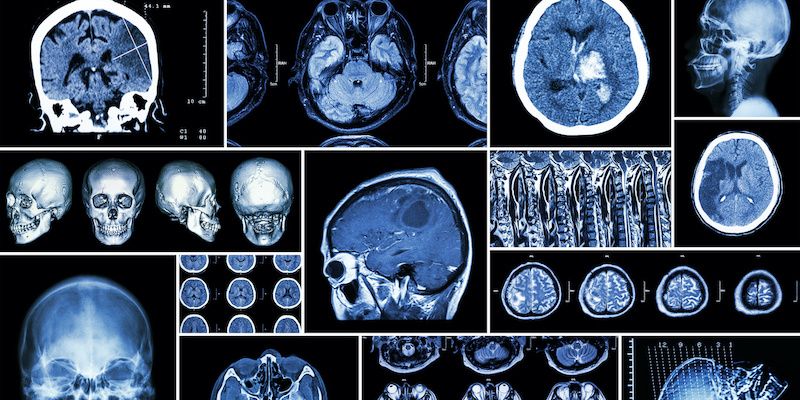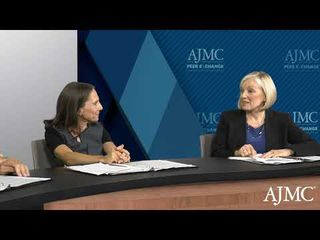
Migraine
Latest News
Latest Videos

CME Content
More News

A higher number of headache-free days (HFDs) is associated with decreased headache-related disability among individuals with migraine, according to a study published in the Journal of Managed Care & Specialty Pharmacy.

Data from women with menstrual migraine enrolled in the Study to Evaluate the Efficacy and Safety of Erenumab in Migraine Prevention show erenumab is a safe and effective option for treating the condition

A study based on real-world data collected from the West German Headache Center at the University Hospital Essen, Germany, concluded erenumab appears to be a promising treatment option for patients with highly therapy-refractory migraine.
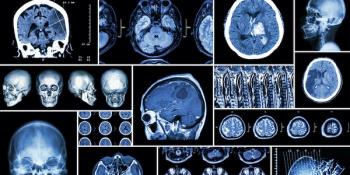
Chronic migraine (CM) may be associated with widespread disruption of normal white matter (WM) integrity in the brain, according to a study published in The Journal of Headache and Pain.

When it comes to ease of use, ability to self-inject, and confidence in using an erenumab-prefilled disposable autoinjector, individuals with migraine consistently endorsed the preventive treatment, according to study results published in Patient Preference and Adherence.
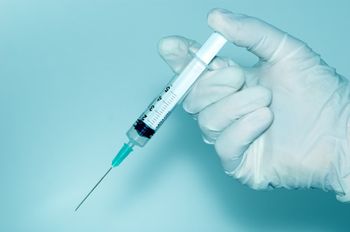
In patients with episodic migraine, erenumab provided sustained efficacy for the condition over the course of 1 year, according to new results from a study to evaluate the efficacy and safety of erenumab in migraine prevention (STRIVE), published in Neurology.
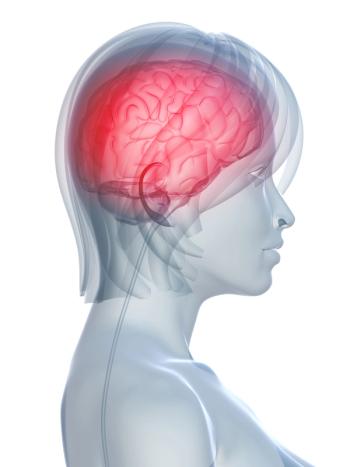
Current existing research highlights the important association between the increased risk of suicidal behaviors among chronic migraineurs with and without aura, in both the clinical and general population worldwide, according to a systematic review published in Frontiers in Neurology.

Positive genetic correlations of migraine with diastolic blood pressure (BP) and systolic BP exist, supporting the notions that diastolic BP plays a critical role in migraine susceptibility and BP and migraine share underlying biological mechanisms, according to a study published in Nature Communications.

The direct effect of childhood trauma on migraine is outweighed by the mediation effect of adulthood attachment, according to a study published in the International Journal of Environmental Research and Public Health.
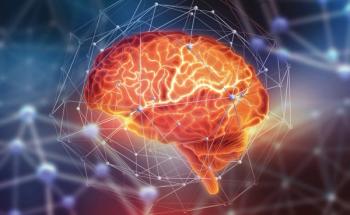
A combination of machine learning and random optimization may aid in predicting medication overuse in migraineurs, if clinical/biochemical features, drug exposure, and lifestyle are taken into consideration, according to a study published in Computational and Structural Biotechnology Journal.
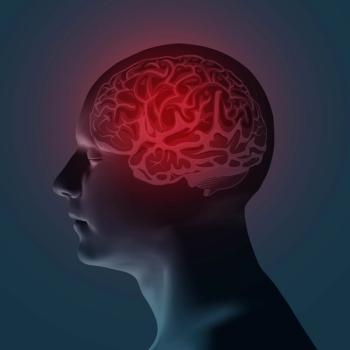
A survey conducted among migraineurs in Genova, Italy, found that during the coronavirus disease 2019 (COVID-19) quarantine, patients experienced fewer migraine attacks and less pain but exhibited moderate levels of depression correlated to migraine burden.

A recent article in the Journal of Head and Face Pain outlines strategies for migraine treatment without face-to-face visits, and describes ways health insurance companies can remove barriers to migraine care during the coronavirus disease 2019 (COVID-19) pandemic.

The American Academy of Neurology (AAN) and the American Headache Society (AHS) released updated guidance on short-term treatment of migraine in children and adolescents.
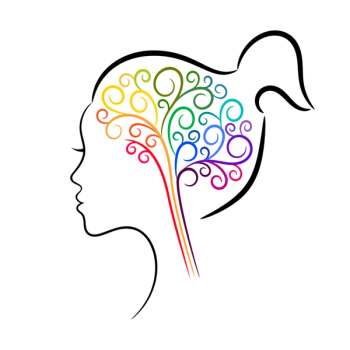
Female migraineurs tend to exhibit longer attack duration and greater frequency of nausea, vomiting, osmophobia, and vertigo/dizziness, compared with male migraineurs, according to a community-based study.

Patients with rheumatic disease have a 2-fold increase in migraine prevalence and a 3-fold increase in neuropathic pain prevalence compared with the general population, according to a study published in the Journal of Clinical Medicine.

In a review, researchers outlined the safety and efficacy of erenumab, the only monoclonal antibody built to interact with the calcitonin gene related peptide (CGRP) receptor rather than the CGRP itself, currently indicated as a preventive treatment for migraine.
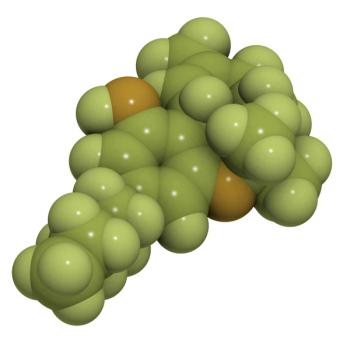
Medical cannabis (MC) use results in long-term reduction of migraine frequency and is associated with less disability and lower antimigraine medication intake, according to a study published in Brain Sciences.
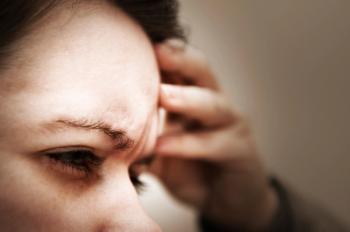
Compared with traditional cardiovascular disease (CVD) risk factors, such as obesity and high triglycerides, migraine with aura is associated with a higher incidence rate of CVD among female health professionals aged at least 45 years, according to a study published in JAMA.

Hypertensive disorders account for approximately 25% of excess cases of maternal stroke associated with migraine, according to research published in JAMA Neurology.

Patients with cluster headache are at an increased risk of anxiety and depression, especially in the presence of coexisting migraine, according to a study published in The Journal of Headache and Pain.


The subdiagnosis of migraine, but not the presence of vestibular symptoms, can predict balance impairments in migraineurs, according to a study published in The Journal of Headache and Pain.

Between 1997 and 2012, the inpatient burden of migraine cost rapidly increased in the United States, according to a study published in PRS Global Open.

Surgical decompression of supraorbital and supratrochlear nerves may aid migraineurs experiencing moderate to severe chronic frontal migraine who do not respond to medications, according to a study published in Plastic and Reconstructive Surgery (PRS) Global Open.

Migraineurs’ brains experience disrupted functional connectivity (FC) between subregions in the sensorimotor areas and cortex, according to a study published in The Journal of Headache and Pain.



